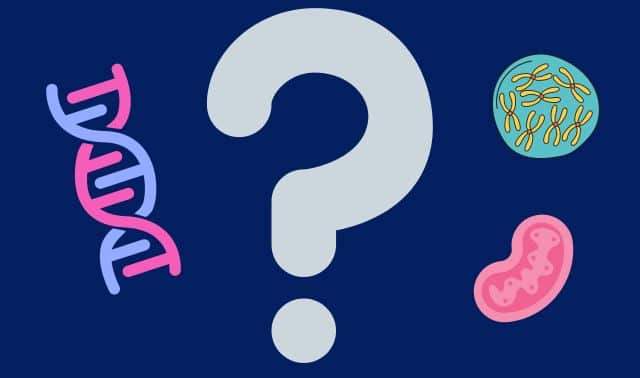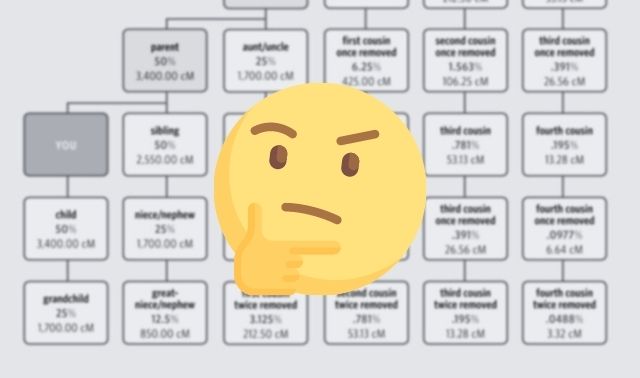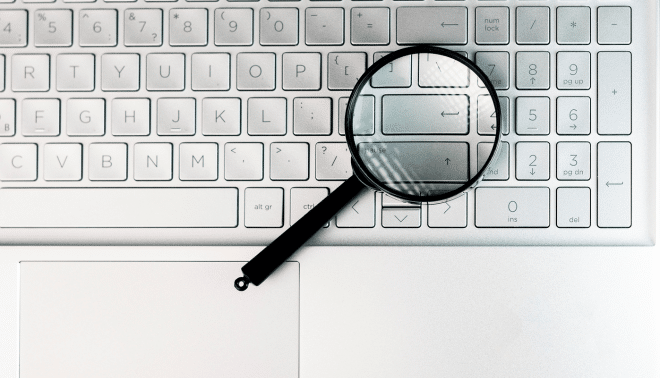Sign up for the Family Tree Newsletter! Plus, you’ll receive our 10 Essential Genealogy Research Forms PDF as a special thank you.
Get Your Free Genealogy Forms
"*" indicates required fields

Why Should You Test?
If you’ve recently done a DNA test – or are thinking about it and want to know which is the best DNA test for you – we have some tips below that will set you on the right track. Genetic genealogy can break down brick walls in your research, uncover new leads (and relatives), confirm your findings, and answer questions about your ancestors. The most important reason: It’s fun, especially seeing your results for the first time.
How do you choose which test is right for you? What do you do with all those matches? And what’s with those ethnicity results, anyway? These tips will help you get started.

Get Started with DNA: From Testing to Results
If you’ve ever wondered what your DNA says about your family history, this course is for you! You’ll discover just how you can solve family mysteries with the help of a DNA test. By the end of the course, you’ll be able to make strategic decisions on what tests you and your relatives should take so you can identify and track down your ancestors’ records.
Choose the Best DNA Test for You
There are not only different testing companies, but different types of DNA tests. So which one should you pick? It depends. What do you want to learn? If you’re interested in learning about your paternal line and want to take part in a surname project, the best DNA test might be a Y-DNA test. Likewise, if you want to know about your maternal ancestors, you’ll want to take a Mitochondrial DNA test. Family Tree DNA offers some discounts on their tests through their surname and geographical projects.
If you want to find matches from both your lines, an autosomal test is going to be your best bet. These are the most popular by far, so you’ll get the chance to find plenty of matches. Of the companies that offer testing, AncestryDNA has the largest pool of potential matches.
DNA tests are easy to take. Most arrive in the mail quickly once you’ve ordered them and you can take them at home in just a few minutes, no needles required. Just swab your cheek or spit in a tube, seal it off and send it back to the lab. Lab technicians advise not to do anything that could contaminate the sample for at least a half hour before you take the test. That means you should hold off eating and drinking – and no kissing, either.
Use DNA Matches to Generate New Leads
No, we don’t suggest playing with fire, but if your interest in your research is flagging because you’ve hit a dead end, use your DNA matches to generate new leads. Study your matches to determine the identity of your most recent common ancestor (MRCA) by comparing your known information with theirs. One of your matches might have the information you need to smash through your own brick wall.
The more people who test, the more matches are likely to show up, meaning you can learn more about your ancestors. Have relatives test to solve specific family mysteries that your own DNA won’t solve. For example, get your father or brother to do a Y-DNA test if you’re female and have questions that Y-DNA will solve. Come up with a strategy for testing that will answer your questions.
Compare DNA Results with Branches of Your Family Tree
Even if you have a well-established pedigree, your DNA results can still reveal some interesting insights into your family history. You have two family trees—your genealogical tree, and your genetic tree. Your genetic tree contains the DNA that got passed down to you, but it won’t contain all of your ancestors’ DNA. What DNA from your grandparents, great-grandparents (and so on) did you inherit? What did your siblings and cousins inherit as well? Compare your results to see what DNA comes from each branch of your family.
Explore Ethnicity Estimates
Ethnicity estimates are the brightly-colored results that tell you where in the world your DNA comes from. They are based on sample populations, and numerous factors come into play that may affect their accuracy. Above, we talked about what gets passed down – and what doesn’t from your ancestors, which can affect what shows up in your results. Additionally, your ancestors didn’t stay in one place. Various waves of migration (such as those in Europe) mean that few populations were totally isolated. And of course, the size of the sample populations that the companies use does play a role.
Think of it like a puzzle while the pieces are still getting filled in. As more pieces fit together, segments may shift and the overall picture becomes more clear. Likewise, as more people test their DNA, the sample population grows bigger and the picture becomes more refined. Look at the sample population sizes to determine which one you’d like to take.
Despite the variations, those estimates can provide some value. While ethnicity estimates alone won’t determine whether you should whip out the kilt or don the lederhosen, they can be one more piece of the bigger picture. If you don’t find it, that doesn’t mean you don’t have ancestors from that region – it just means it’s not showing up in your results. Whether that’s because it doesn’t match the current sample population or because it’s just not in the DNA you inherited, you’ll want to weigh your results against other evidence.
Last updated: April 2022








